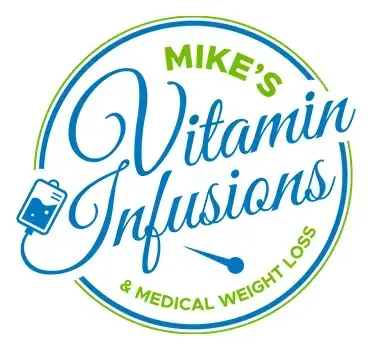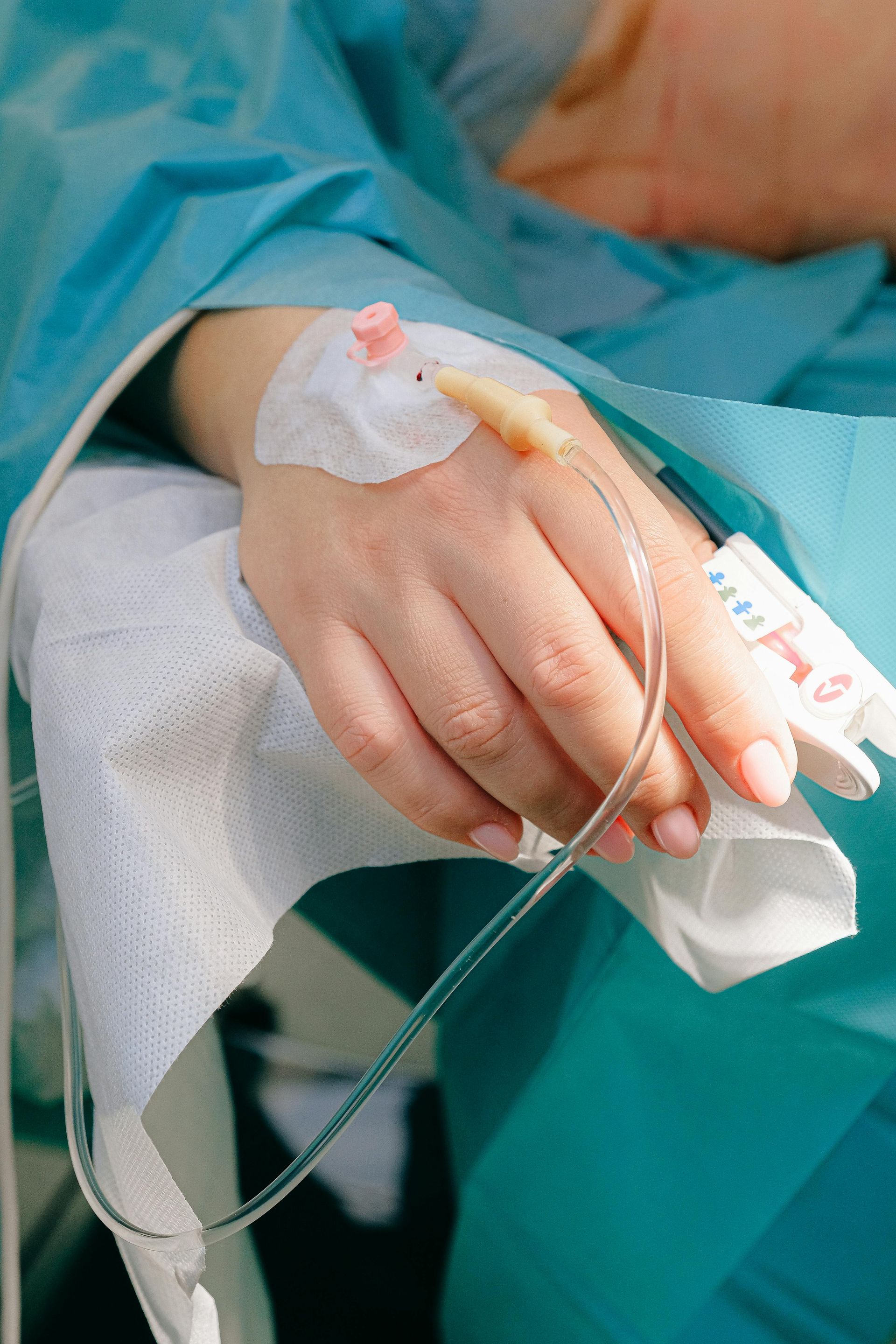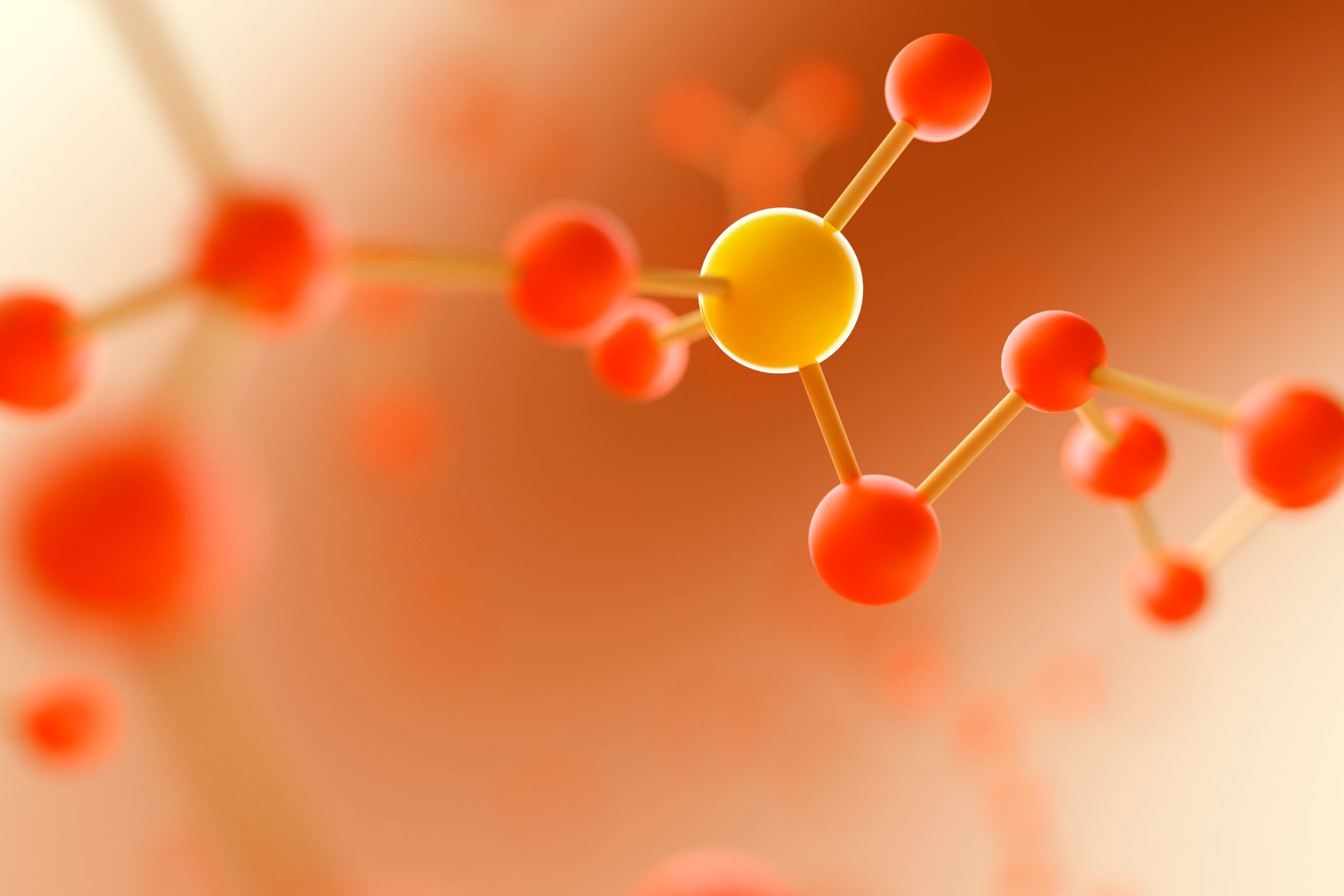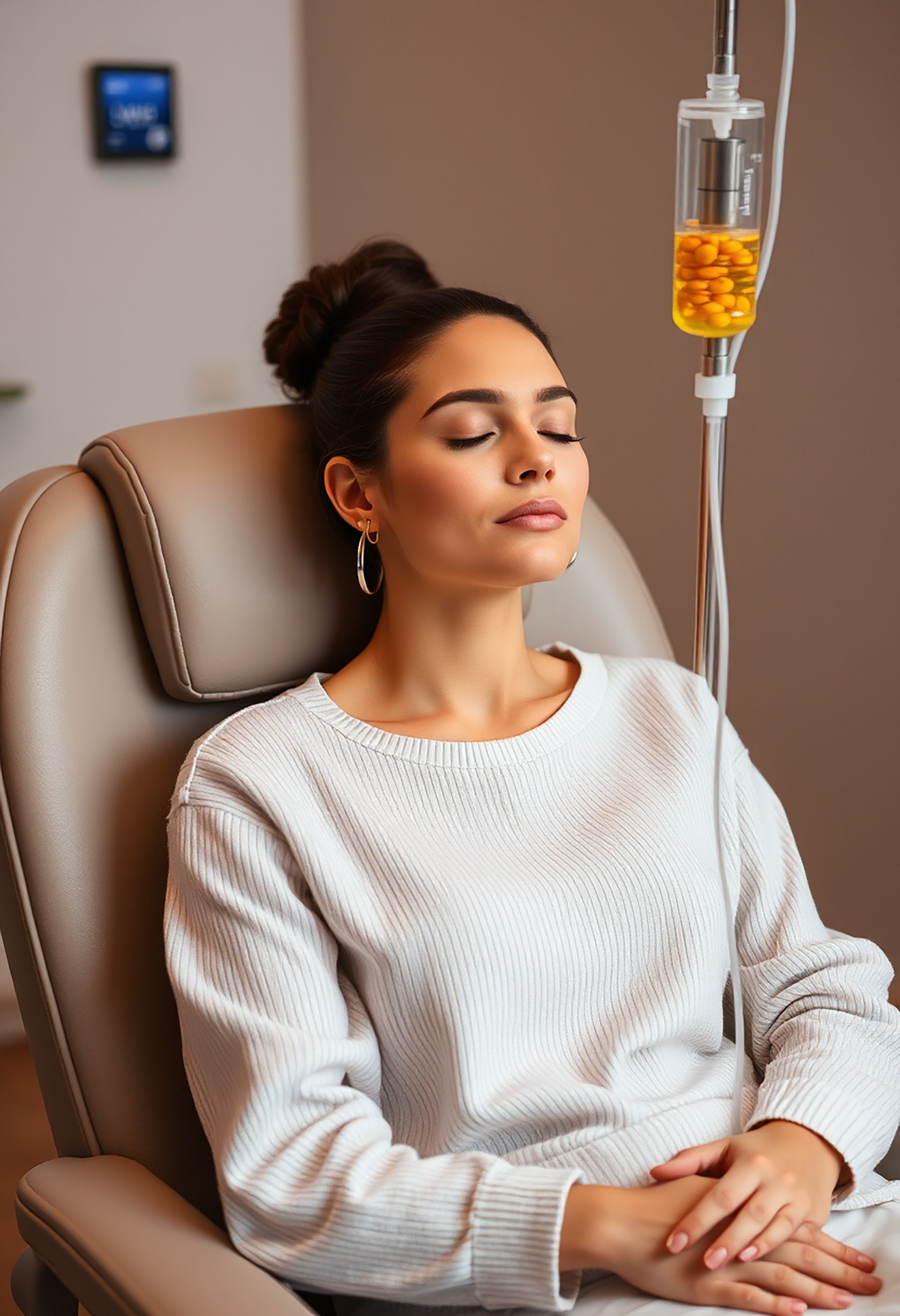How Long Does Being Drunk Last? What to Expect
How long does being drunk last? For most people, effects build within 10–30 minutes, peak 30–90 minutes after the last drink, then taper over the next 6–10 hours. The two biggest variables are how much/how quickly you drank and whether you had food beforehand. Many feel close to baseline by then, though grogginess, headache, or nausea can linger into the next day. Below, you’ll find a simple timeline from first buzz to fully sober.
What Being Drunk Means
Being “drunk” isn’t just a feeling; it’s driven by blood alcohol concentration (BAC). BAC is the amount of alcohol in your blood, and it’s what traffic laws rely on to define impairment. In most places in the U.S., the per-se legal limit for driving is 0.08% BAC, while Utah uses 0.05%. That means you can feel “okay” and still be legally and functionally impaired, because judgment, coordination, and reaction time decline as BAC rises.
After drinking stops, BAC falls gradually. A common rule of thumb is that the body eliminates about 0.015 BAC per hour, though real-world rates vary with the person and situation. Think of it as a slow, fairly steady decline, not a switch you can flip. This is why trying to “time” sobriety for driving is risky; your actual BAC can remain above legal limits even when you feel more alert.
Popular tricks don’t change that chemistry. Coffee might make you feel awake, and a cold shower may perk you up, but neither lowers BAC. Only time allows the liver to metabolize alcohol and bring BAC down. Supportive steps like rehydrating, eating a light meal, and resting can ease symptoms while your body
does that work, but they won’t make you sober faster.
What Affects How Long It Lasts
As a rough guide, BAC falls by about ~0.015 per hour after it peaks (this varies by person). The points below mostly change how high you peak and how long you stay there.
1) Dose & Pace
The more you drink and the faster you drink it, the higher your BAC climbs and the longer it takes to come down. Shots, “double” pours, and back-to-back rounds stack faster than your body can clear them. Spacing drinks (and alternating with water) creates a lower, flatter curve that’s easier for your body to process.
2) Food & Hydration
Eating before or during drinking slows alcohol’s movement from the stomach to the bloodstream, which blunts the peak. Mixed meals with some fat and protein (think eggs, yogurt, nuts, or a sandwich) are more protective than snacks alone. Hydrating won’t lower BAC, but it helps limit dizziness, headache, and next-day fatigue as your body recovers.
3) Body & Biology
The same amount of alcohol can hit people differently because alcohol distributes in body water. Smaller bodies or anyone with lower total body water often reach a higher BAC from the same intake. Liver health, enzymes, and genetics also matter, so two people can drink the same amount and sober up at different rates.
4) Medications
Combining alcohol with sedatives (sleep aids, benzodiazepines), opioids, or some antihistamines amplifies drowsiness, slows breathing, and raises safety risks. Even modest drinking can feel much stronger when these drugs are on board. If you take prescription meds, check interaction guidance before drinking.
5) Sleep & “Tolerance”
Sleep debt makes coordination and reaction time worse, so a late night can make effects feel stronger and last longer. “Tolerance” may blunt how intoxicated you feel, but it doesn’t lower your BAC or make you safe to drive. Relying on tolerance often leads people to underestimate impairment and overdrink.
6) Drink strength & Carbonation
High-ABV choices (strong cocktails, craft beers, fortified wines) raise BAC more per serving than lighter options. Carbonated mixers can speed absorption for many people, and sweet, easy-to-sip drinks encourage faster intake without noticing. Knowing what’s in the glass and the pour size helps keep the peak in check.
What the Next 24 Hours Usually Look Like
0–30 minutes — Onset
Most people feel a buzz within 10–30 minutes as alcohol moves from the stomach and small intestine into the bloodstream. Food in the stomach slows this rise; drinking on an empty stomach speeds it.
30–90 minutes after your last drink — Peak
This is when coordination, judgment, and reaction time are most affected. If you keep drinking during this window, the peak gets higher and arrives later.
Next ~4–10 hours — Sober-up phase
After the peak, BAC typically falls at a fairly steady rate until it returns to zero. You may feel better as the hours pass, but judgment and reaction time can still lag for a while.
Up to 24+ hours — After-effects
Headache, nausea, light sensitivity, poor sleep, and fatigue can linger into the next day even when BAC is near zero. Very heavy nights can stretch symptoms longer; seek medical help for red flags like repeated vomiting, confusion, slow or irregular breathing, or unresponsiveness.
What Actually Helps (Simple Steps to Feel Better—Does not Lower BAC)
- Sip water or an oral rehydration drink to replace fluids and electrolytes.
- Eat light, bland foods to settle your stomach and steady blood sugar.
- Rest and sleep to let your body recover naturally.
- Take a short, easy walk or get fresh air to reduce fogginess.
- Try ginger or peppermint for mild nausea relief.
- If you can’t keep fluids down, consider clinician-guided IV hydrationto rehydrate safely.
What Doesn’t Help (Common Myths and Mistakes)
- Drinking more alcohol (“hair of the dog”) only delays recovery.
- Excess caffeine masks impairment and can worsen dehydration.
- Cold showers, hot baths, or saunas don’t speed sobering and may make you dizzy.
- “Sweating it out” or heavy exercise can worsen dehydration and nausea.
- Detox hacks like activated charcoal don’t work once alcohol is absorbed.
- Driving because you “feel fine” is unsafe; feeling alert isn’t proof you’re under the limit.
Red Flags: When to Seek Medical Care
Call 911 immediately (don’t let someone “sleep it off”) if you notice any of the following:
- Repeated or uncontrollable vomiting, or can’t keep fluids down
- Hard to wake, unresponsive, or fainting; can’t stand or hold a conversation
- Confusion, incoherent speech, agitation, or seizures
- Slow, shallow, or irregular breathing (fewer than ~8 breaths/min or >10 seconds between breaths)
- Bluish, very pale, or clammy skin, chills, or low body temperature
- Choking on vomit, or breathing seems to stop
- Head injury after drinking, or mixing alcohol with sedatives/opioids or unknown pills
- Severe dehydration signs (dizziness on standing, very dark urine, little/no urination for hours)
While you wait for help: keep the person on their side (recovery position), keep them warm, don’t give coffee or more alcohol, and stay with them.
Not sure you’re sober? Don’t drive
Feeling “okay” isn’t proof you’re safe to drive. Judgment and reaction time often lag behind how you feel, and only time lowers blood alcohol concentration, coffee, showers, or fresh air won’t change that. If you’ve been drinking, assume you may still be impaired even when symptoms fade.
Choose the safer move: don’t drive. Use a rideshare or taxi, call a sober friend, take public transit, or stay put and give your body time. It’s always better to pick up the car later than to risk your safety (and everyone else’s) now.
How Mike’s Infusions Helps While you Sober Up
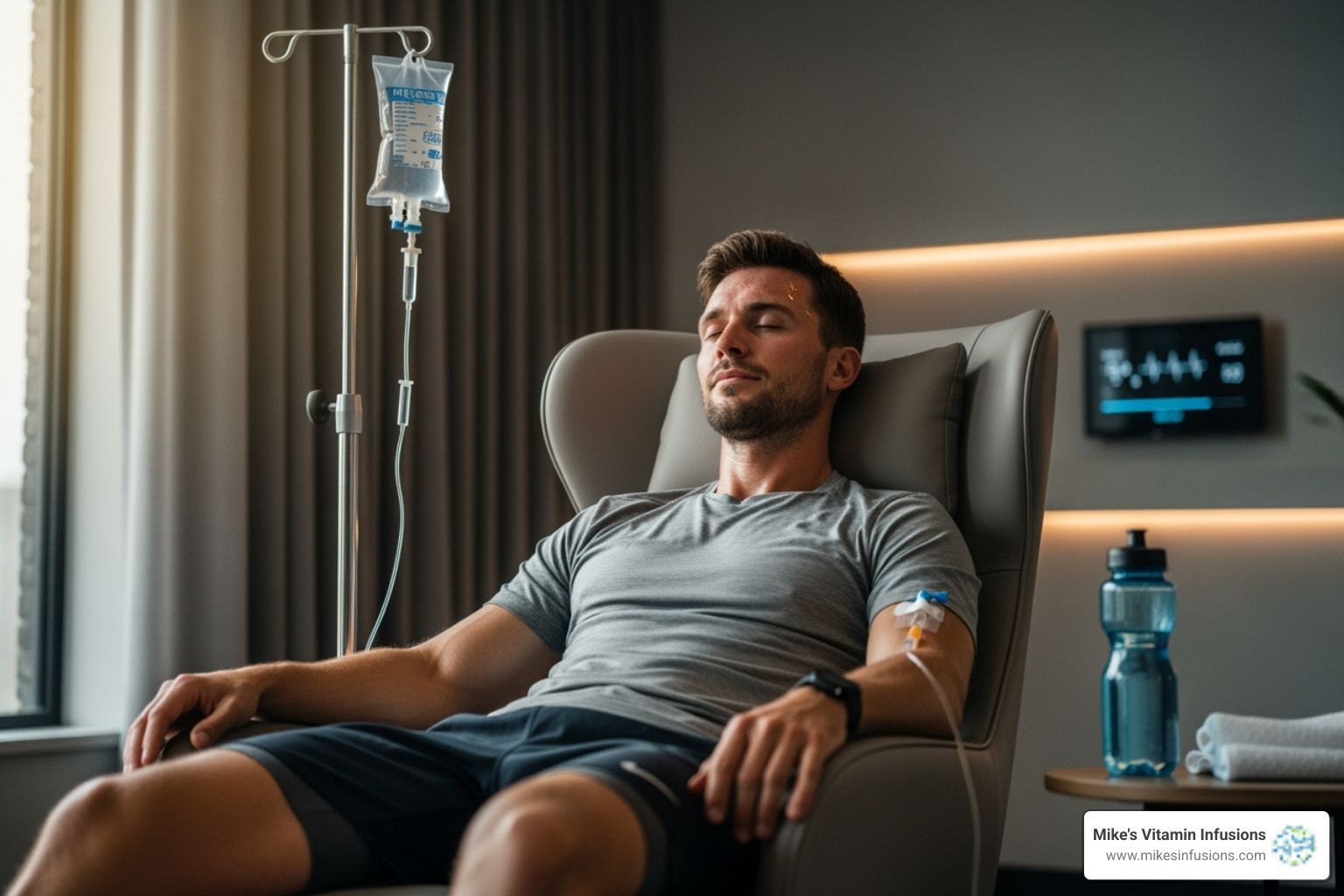
If you’re wondering how long being drunk lasts, the hard part is often the hours after drinking, when dehydration, nausea, and headache make it tough to bounce back. Mike’s Infusions is built for that window: a licensed nurse comes to your home, hotel, or event so you can rest while care comes to you.
Their hangover-focused IVs prioritize rapid rehydration and balance. A typical drip pairs fluids with key vitamins and minerals (like B-complex, vitamin C, magnesium, and zinc), with the option to add glutathione or clinician-guided anti-nausea and pain relief when appropriate. This won’t lower your BAC, but it can ease symptoms and help you feel functional sooner.
The process is simple: book, complete a quick health intake, and a nurse handles a sterile setup and monitoring on-site. You avoid waiting rooms, keep comfortable, and get professional oversight the whole time.
Planning ahead for a big night or event? Mike’s lists clear packages and transparent pricing, and serves communities across North Georgia. It’s an easy way to line up safe, mobile support for the morning after so you can focus on recovery while your body does the work of sobering up.
